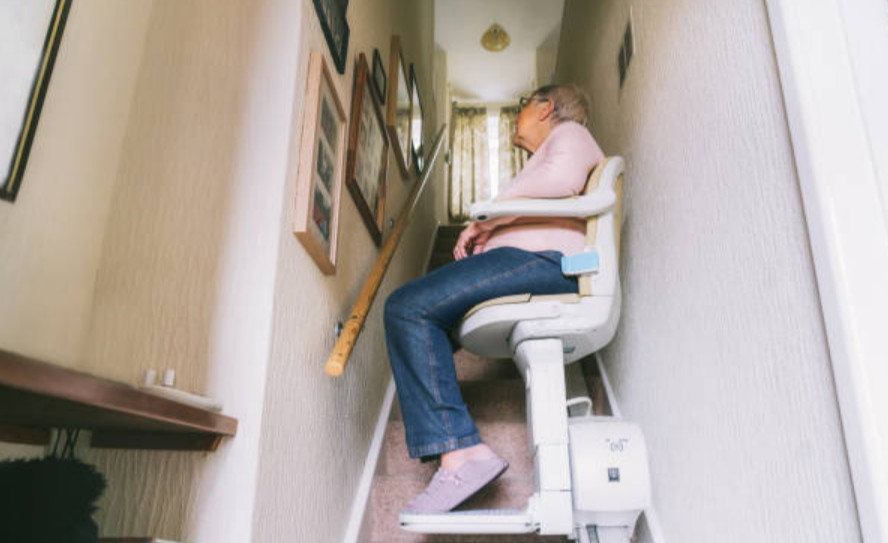Fabric vs Leather vs Vinyl: Choosing the Right Upholstery for Your Lift Chair
Selecting the right upholstery for lift chairs for elderly isn’t just about looks—seriously, it’s a big deal. Comfort, how long it lasts, how much cleaning you’re willing to do, and if you’ll actually like sitting in it for hours on end? All on the line. If you’re shopping for an older person, the stakes get even higher. Different materials matter for their skin, for health stuff, or just for making daily life a bit easier. Your main choices? Fabric, leather, and vinyl. Each one’s got its own bag of tricks, for better or worse. Knowing what’s what can save you a headache later.
Fabric Upholstery: Softness and Breathability
Fabric’s the go-to for a reason—it’s soft, comfy, and won’t make you sweaty after five minutes. Tons of colors, patterns, and textures, so matching the rest of the room? Easy. The real win, though, is how fabric lets your skin breathe. That’s huge if someone’s in the chair all day and doesn’t want to feel like they’re sticking to plastic wrap.
And honestly, it just feels warmer, especially when it’s cold out. Microfiber, chenille, those cozy woven blends? Soft on sensitive skin and generally just nice to sit on.
But here’s the catch: fabric loves stains. Drop your coffee, and there’s a new abstract pattern. Plus, it soaks up smells—so if pets or snacks are involved, expect to clean. Sure, some fabrics get stain-resistant coatings, but you’re still cleaning more than with leather or vinyl. And you might see fabric wear down faster if it gets a lot of use.
Leather Upholstery: Luxury and Durability
If you want the chair to scream “fancy,” leather’s the ticket. Looks sharp, feels high-end, and if you take care of it, leather can outlast fabric. It’s a solid pick if you want something that’ll stick around for years.
Another big plus: Leather doesn’t care about spills. Wipe, done. Dust and allergens mostly bounce right off, which is great if allergies are a thing. But, leather’s not perfect. Cold in winter, hot in summer—sometimes you feel like you’re sitting on a glacier or a frying pan. If someone has trouble staying steady, leather can feel slippery. And yeah, it’s usually way pricier than other options.
Vinyl Upholstery: Affordable and Low Maintenance
Vinyl’s kind of like leather’s cheaper cousin. Looks similar, but costs less. It’s the practical pick if you expect messes—kids, pets, medical stuff, whatever. Caregivers like vinyl because it wipes clean with a damp cloth, no drama.
It’s also hypoallergenic, so that’s a win for sensitive folks. But honestly, vinyl doesn’t breathe well. Sit for a while, and you might start feeling sweaty. Over time, it can crack or peel, especially if it bakes in the sun. Some people also just don’t vibe with the feel—it’s a little stiff, a little fake.
Matching Material to User Needs
The “best” material? It depends on who’s using the lift chairs for elderly. If someone’s basically living in it, breathing and comfort matter—fabric wins. If cleaning up is the main concern, or you want something tough, leather or vinyl might be smarter.
Think about temperature, skin issues, how much the chair gets used. Sometimes people get clever and mix it up—fabric where you sit, vinyl or leather on high-use spots. Best of both worlds, honestly.
Conclusion
Choosing between fabric, leather, and vinyl for your lift chair isn’t just a style choice—it’s about comfort, cleaning, how long you want it to last, and what headaches you’re willing to deal with. Figure out what actually matters for your situation, and pick what feels right. Don’t get pressured into anything just because it’s “fancy” or “premium”—trust your gut, and you’ll probably end up happier in the long run.


